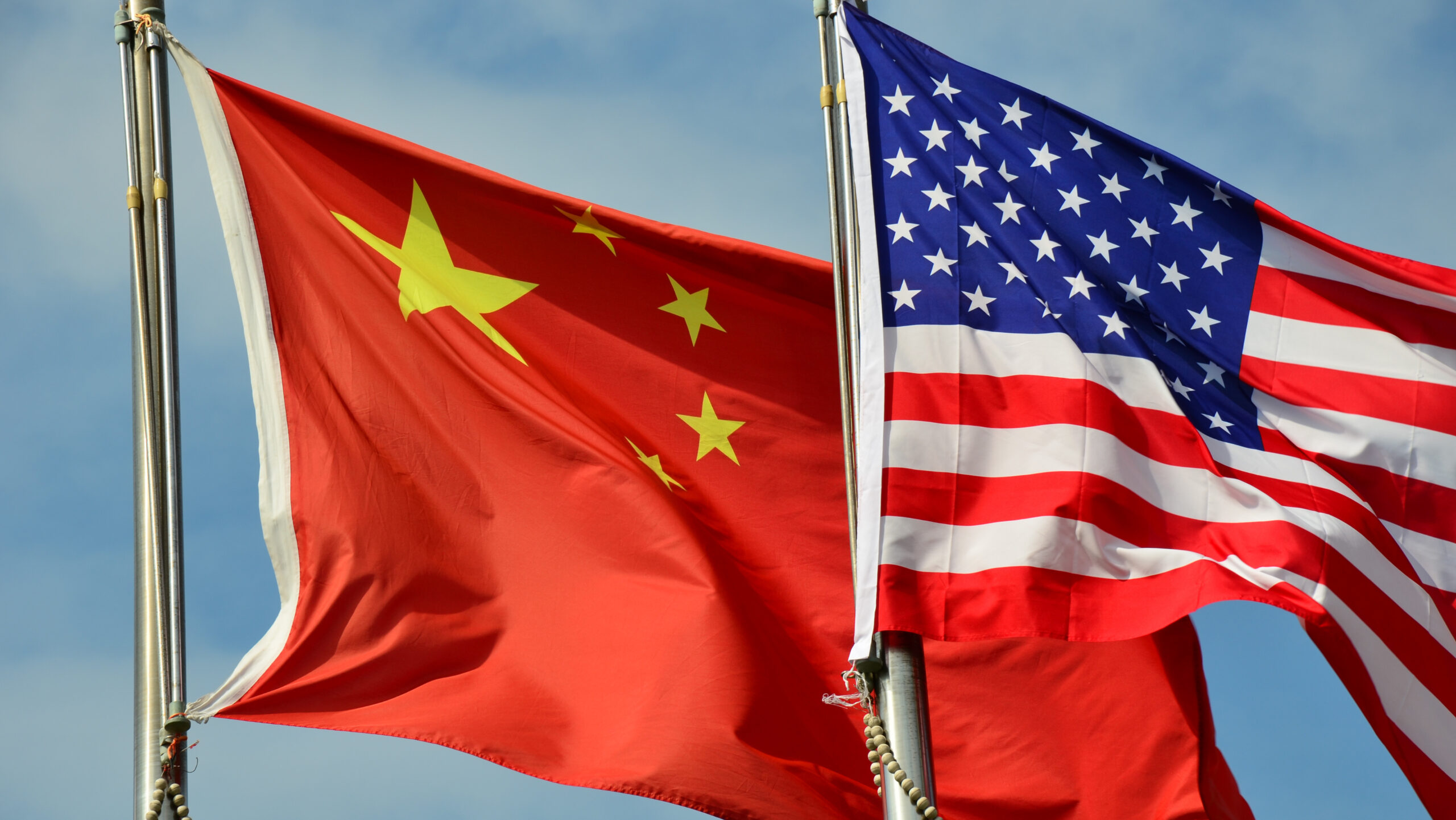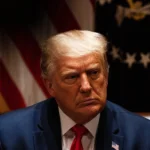China on Monday firmly rejected U.S. President Donald Trump’s claim that he recently spoke by phone with Chinese leader Xi Jinping, underscoring the continuing freeze in communication as the two countries remain locked in a high-stakes trade war.
“As far as I know, there has been no recent phone call between the two heads of state,” said Chinese Ministry of Foreign Affairs spokesperson Guo Jiakun at a regular news conference. “I want to reiterate that China and the United States are not engaged in consultations or negotiations on the tariff issue.”
The statement was a direct rebuttal to Trump’s comment in an interview with Time magazine last week, where he suggested Xi had called him. Trump said he believed the call was not a sign of weakness from the Chinese side. “He’s called. And I don’t think that’s a sign of weakness on his behalf,” Trump told Time.
Despite Trump’s softer rhetoric in recent days — pledging that U.S. tariffs on Chinese goods would “come down substantially” and promising to be “very nice” at the negotiating table — Beijing has remained publicly unmoved. China has insisted that no talks are underway unless Washington removes all its punitive tariffs.
Trump, who often refers to Xi as a “friend,” did not specify the timing or details of the supposed call in the Time interview. When asked by CNN’s Alayna Treene for clarification on Friday, Trump said, “I don’t want to comment on that, but I’ve spoken to him many times,” while leaving the South Lawn of the White House.
According to publicly available records, the last confirmed phone conversation between Trump and Xi took place on January 17, just days before Trump’s second-term inauguration.
Since last week, Trump has repeatedly suggested that negotiations with China were happening. However, Beijing has consistently denied such claims. Hours before the Time interview was published, China’s Foreign Ministry warned Washington against “misleading the public” about the status of trade talks.
The apparent divergence in messages highlights how both sides remain deeply entrenched. Trump has imposed tariffs of 145% on Chinese goods since returning to office, while carving out exemptions for critical electronics like smartphones and computers.
China, for its part, raised tariffs on U.S. imports to 125% but has quietly reduced some duties on American-made semiconductors, signaling an effort to shield its technology sector from the worst effects of the trade standoff, according to import agency data.
Despite Trump’s more conciliatory tone, Beijing’s consistent message has been that tariff removal must precede any substantive negotiations — leaving little indication that a breakthrough is imminent.





